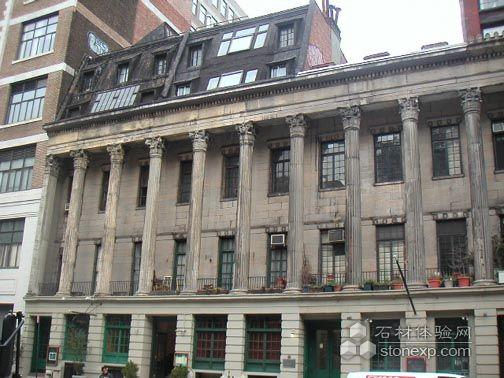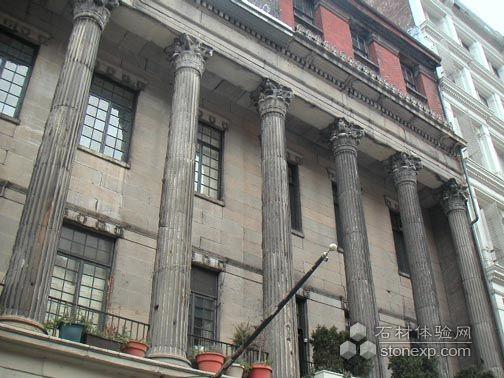The Mystery of The Lost City
|
When it was built in 1833 Colonnade Row was the biggest thing in New York since the British occupation, a 200-foot-long sweep of glistening white marble in the form of a Corinthian colonnade, nine houses combined into one great Greek revival statement on what is now Lafayette Street, opposite the Public Theater.
Although the exterior is now deteriorated to slum condition, Colonnade Row was once the most impressive Greek Revival grouping in the city. The first families of New York lived there, Gardiners, Delanos, Morgans, along with new money like the Astors. In part they sought the privacy of Lafayette Place, a two-block long cul-de-sac. But they were also attracted to the colonnade’s architectural delicacy, up to date with the sophistication of the terrace houses of London and Bath.
|






